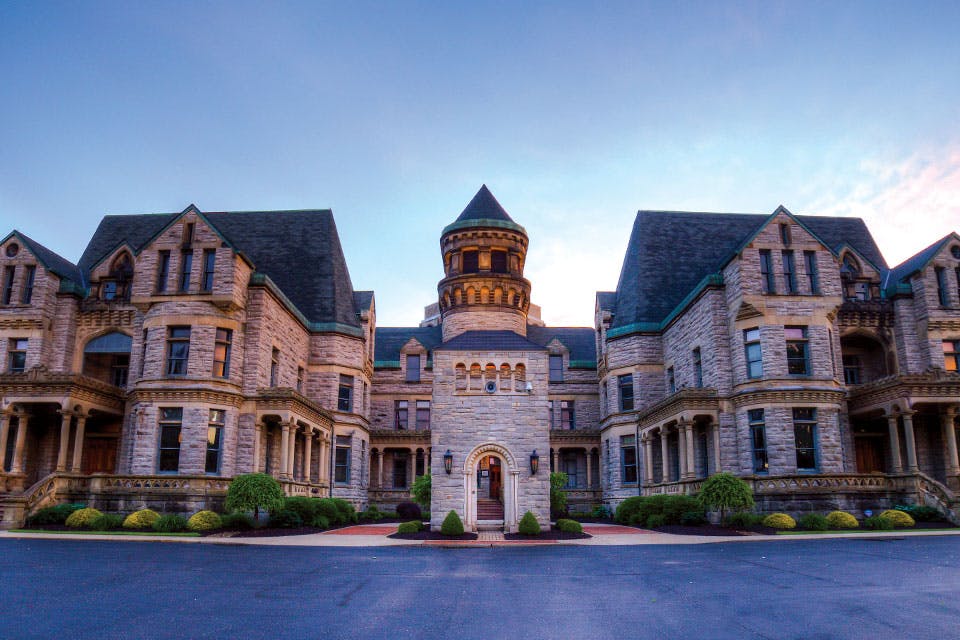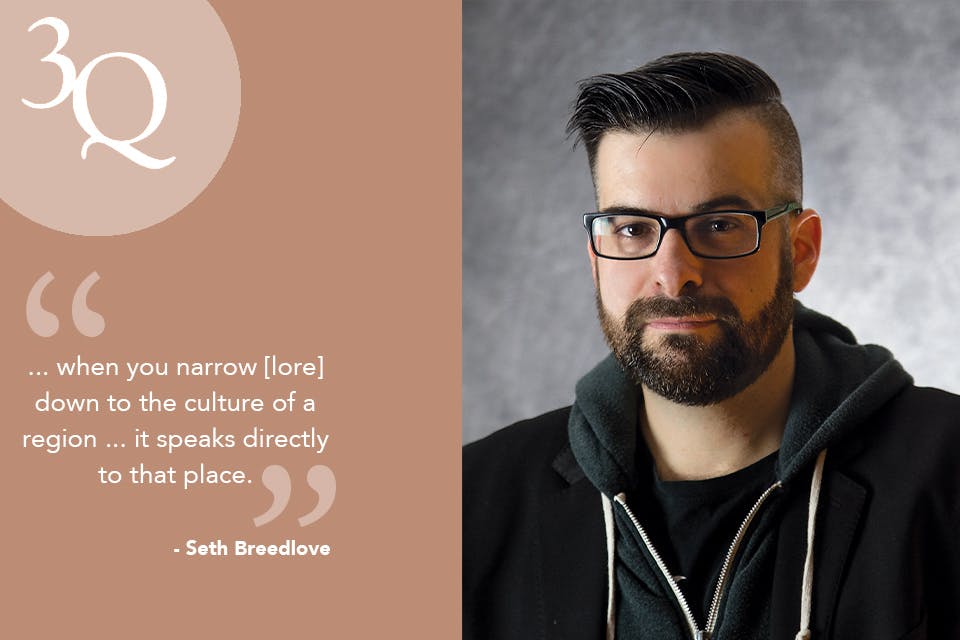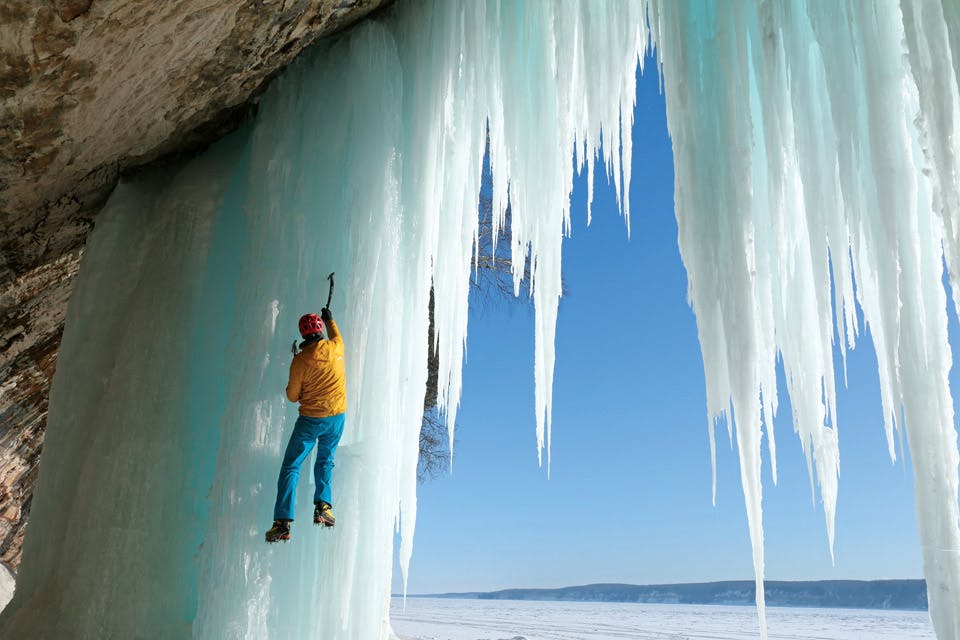Arts
Climber Conrad Anker on Reaching New Heights
The famous adventurer talks about his role in ‘National Parks Adventure’
Related Articles

A First Look at the Ohio-Made Movie ‘Lost & Found in Cleveland’
In this film by Keith Gerchak and Marisa Guterman, an antiques-appraisal television show’s visit brings together a diverse cast of characters. READ MORE >>

20 Movies That Were Made in Ohio
Academy Award-winning tales, lesser-known finds and, yes, even a couple of couple box-office bombs have been filmed in the Buckeye State. READ MORE >>

Seth Breedlove's Search for the Unexplained
The Small Town Monsters founder and filmmaker discusses his love for exploring American myths and lore. READ MORE >>



